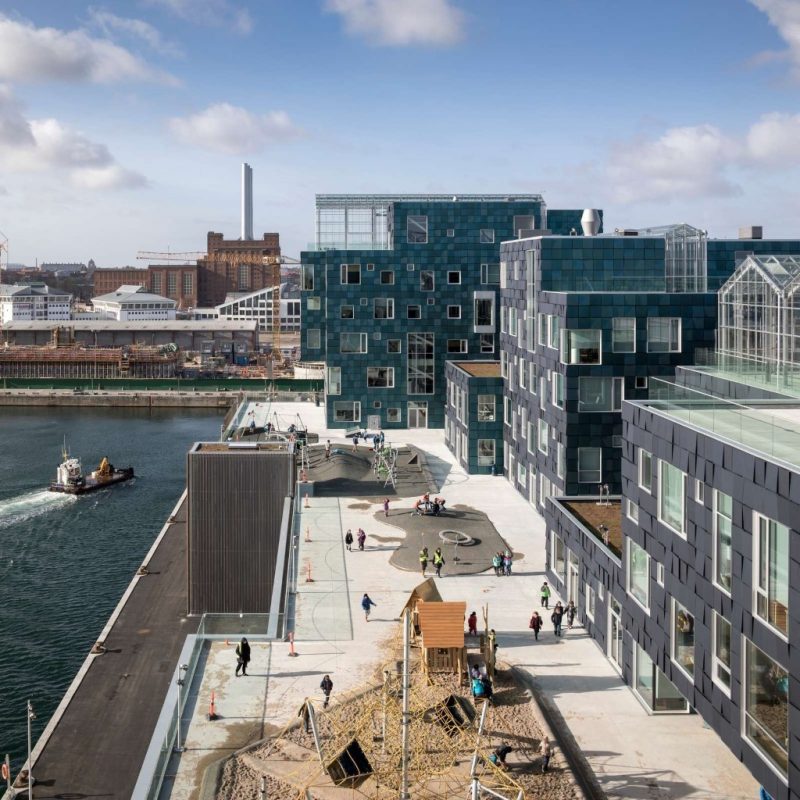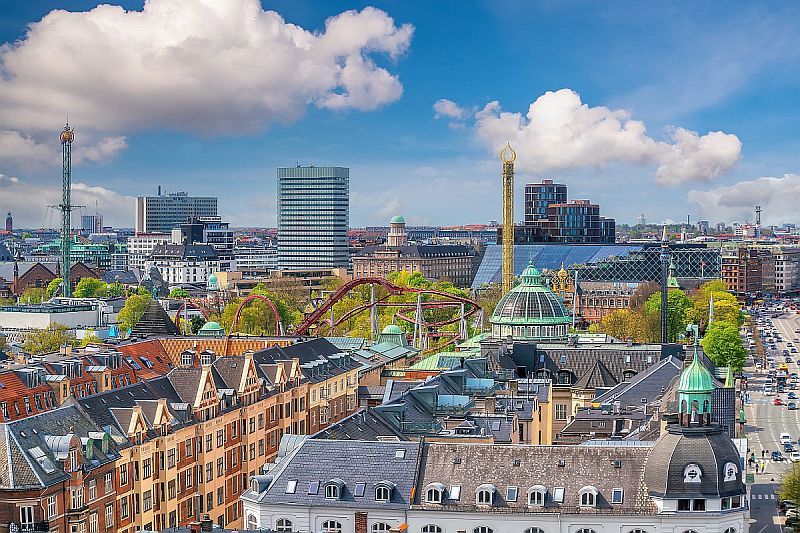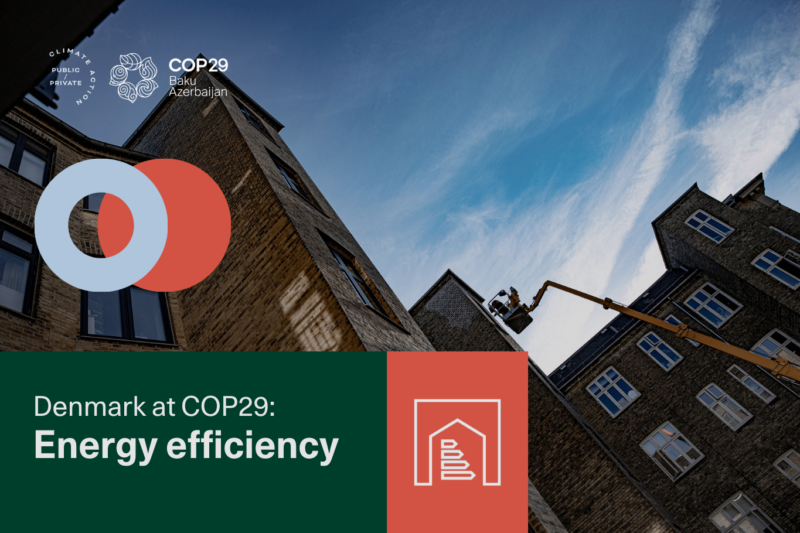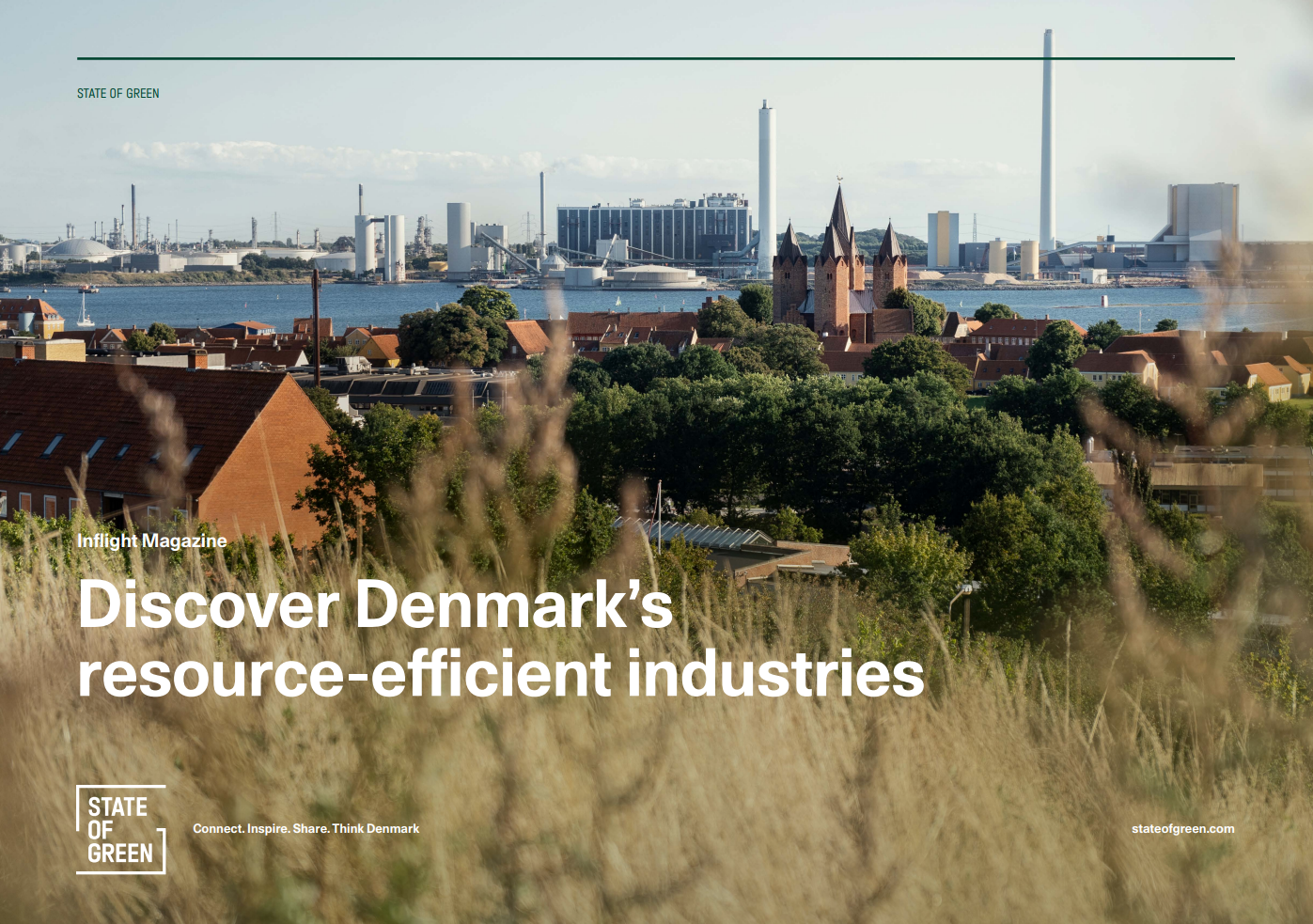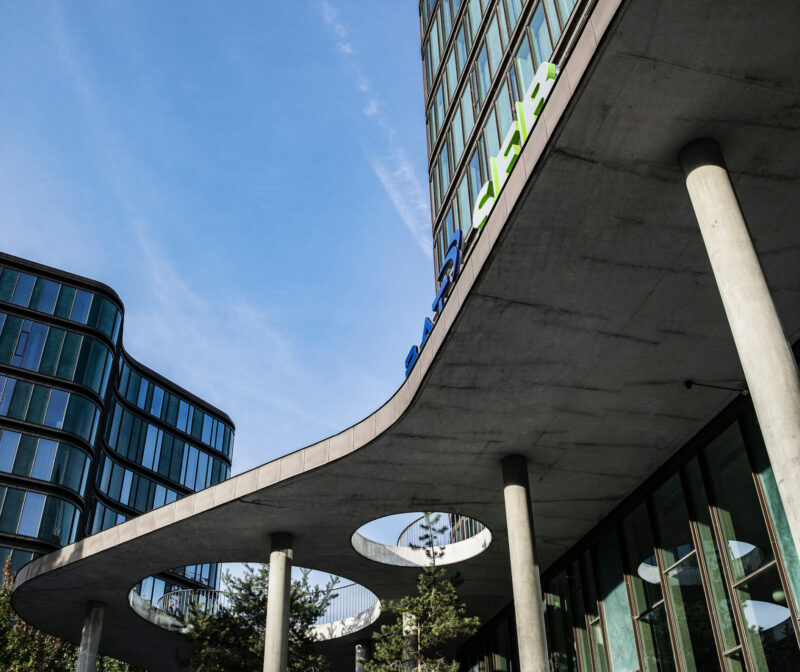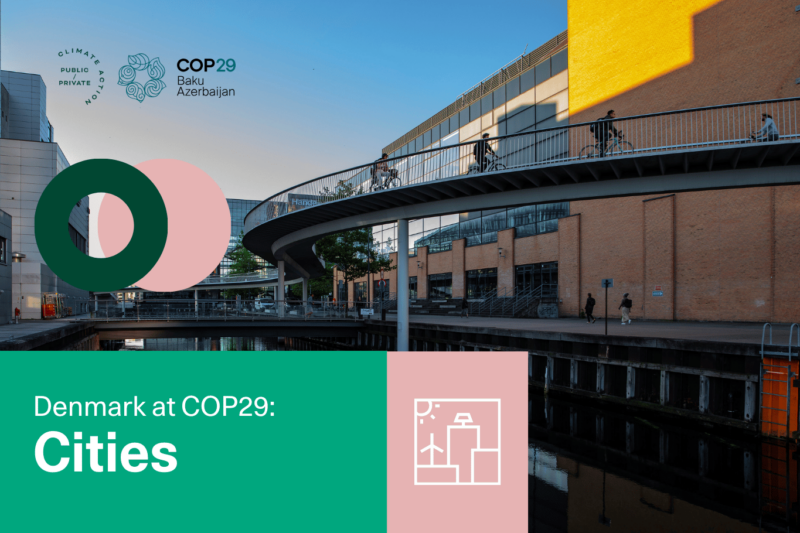News
Buildings
Circular business models
Waste management
Circular strategies to reduce waste are crucial to avoid climate change


The Circularity Gap Report 2019 highlights the vast scope to reduce greenhouse gas emissions by applying circular principles – re-use, re-manufacturing and re-cycling - to key sectors such as the built environment. Yet it notes that most governments barely consider circular economy measures in policies aimed at meeting the UN target of limiting global warming to 1.5°C.
Only 9 per cent of materials are reused globally
Climate change and material use are intimately linked. Circle Economy, a group supported by UN Environment and the Global Environment Facility, calculates that 62 per cent of global greenhouse gas emissions (excluding those from land use and forestry) are released during the extraction, processing and manufacturing of goods to serve society’s needs; and merely 38 per cent are emitted in the delivery and use of products and services.
The report finds that the global economy is only 9 per cent circular – and the trend is negative. Just 9 per cent of the 92.8 billion tonnes of minerals, fossil fuels, metals and biomass that enter the economy are re-used annually, while global use of materials is accelerating. According to the UN International Resource Panel, material resource use has more than tripled since 1970 and could double again by 2050 if world societies carry on without action.
-Related solution: Closed loop resource management for sustainable production
The built environment accounts for a fifth of global emissions
Circular strategies to reduce waste are particularly important in the built environment. The report finds that nearly half of all materials going into the economy – 42.4 billion tonnes a year - are used in the construction and maintenance of buildings, roads and infrastructure.
The opportunity requires global coordination, as countries will need to adopt different strategies. In emerging economies, where population growth and rapid urbanization is placing huge demands on infrastructure and is driving a massive building boom, the challenge is to adopt building practices, which minimise the use of raw materials and consequent emissions. In developed economies with a mature housing stock, growth in the built environment is much slower. The report calls on these countries to maximise the value of existing buildings by extending their lifespan, improving energy efficiency and finding new uses for them when necessary.
“Huge work remains to be done in established economies where the priority is to make better use of existing infrastructure. At the same time it's crucial that we work with emerging economies to avoid mistakes made in the past. Now is the time to replace traditional building methods with state-of-the-art practices which will not lock in high emissions for decades to come. Countries will make maximum impact by designing not just homes, buildings and infrastructure but whole cities for maximum resource efficiency,” said Circle Economy’s CEO, Harald Friedl.
-Related solution: Social and economic value creation through energy renovation
The pathway to a low-carbon future is circular
The goal of the Paris Agreement to limit global warming to 1.5°C above pre-industrial levels is only feasible by moving to a circular economy. The circular agenda and low-carbon agenda are thereby complementary and mutually supportive.
The organisation positions the circular economy as a tool for the paradigm shift that the world needs. It discusses that circular business models and improved resource efficiency are economically attractive means to enhance energy efficiency and renewables, methane abatement and to avoid deforestation.
“A 1.5 degree world can only be a circular world,” said Harald Friedl. “Governments’ climate change strategies have focused on renewable energy, energy efficiency and avoiding deforestation but they have overlooked the vast potential of the circular economy. They should re-engineer supply chains all the way back to the wells, fields, mines and quarries where our resources originate so that we consume fewer raw materials. This will not only reduce emissions but also boost growth by making economies more efficient,” he said.
The report calls on national governments to take action to move from a linear economy to a circular economy that maximises the use of existing assets, while reducing dependence on new raw materials and minimising waste. It argues that innovation to extend the lifespan of existing resources will not only curb emissions but also reduce social inequality and foster low-carbon growth.
-Related solution: Sustainable procurement
Three key strategies for the circular economy
The report highlights three key circular strategies, which could be adapted throughout the economy:
- Optimising the utility of products by maximising their use and extending their lifetime.
Ridesharing and carsharing already make it less important to own a car. Autonomous driving will accelerate this trend, potentially increasing the usage of each vehicle by a factor of eight. At the same time electric powertrains, intelligent maintenance programmes and software integration can enhance the lifetime of cars.
- Enhanced recycling, using waste as a resource.
By 2050 there will be an estimated 78 million tonnes of decommissioned solar panels. Modular design would enable products to be easily disassembled, components to be re-used and valuable materials to be recovered to extend their economic value and reduce waste.
- Circular design, reducing material consumption and using lower-carbon alternatives.
Bamboo, wood and other natural materials have the potential to reduce dependence on carbon-intensive materials such as cement and metals in construction. Instead of emitting carbon, these materials store it and will last for decades. They can be burnt to generate energy at the end of their life.
Sources
The Circularity Gap Report 2019
United Nations Framework Convention on Climate Change
You should consider reading
events
Urban planning and development
+7
The Liveable City Conference, Scotland
30 October 2024publications
Energy efficiency in industry
+7
